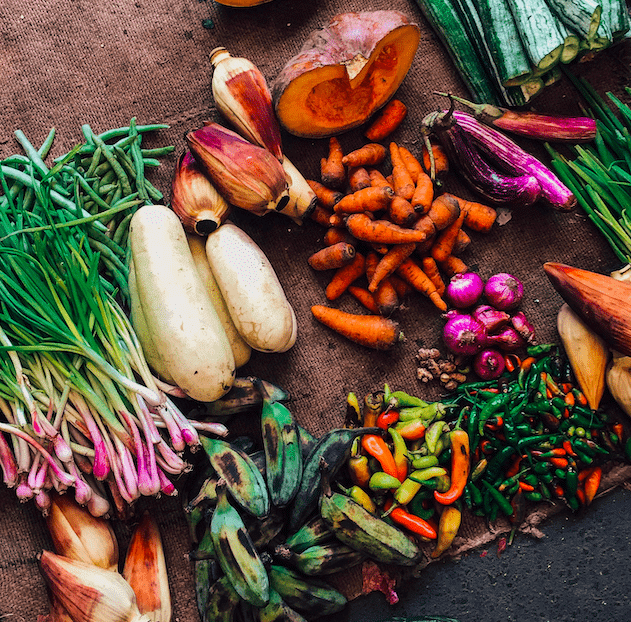We have all heard and used the term ‘carbon footprint’ but how many of us really understand the meaning? Know how to calculate it? Or can give an accurate estimate of our own?
Carbon footprint is defined as ‘the amount of greenhouse gas emissions released into the atmosphere as a result of the activities of a particular individual, organisation or community’
Points to clarify:
- We aren’t just talking about carbon, but all 10 greenhouse gasses (GHG). The 3 main are CO2, Methane and water vapour!
- Something’s carbon footprint is set in time e.g. per day, per week, per year, per lifetime or against a metric like weight e.g. per g, per kilo, per piece etc.
- It is an estimate, based on well informed calculations
- The ‘footprint’ is a metaphor, insinuating the lasting effect of an activity
So what is a big footprint and what is small?
The average UK citizen emits between (we are talking estimates here) 12.5 and 15 tonnes of CO2 every year.
Putting that into perspective the average global citizen emits about 4 tonnes of GHG per year, with the some of the lower income countries emitting as little as 2 tonnes per capita!
The whole world produced a stonking 34.81 billion tonnes in 2020! – this was down from 36.7 billion in 2019, we can thank COVID-19 for something.
Okay so what is that equivalent to?
12.5 tonnes (lowest band of UK’s estimated average) is the same carbon footprint as 1,000 beef steaks or 4,100 camemberts! Or driving all the way round the world.. 23,000 miles!
Let’s talk about the carbon footprint of food..
So what’s included?
It is hard to know when you pluck an estimate out of the web to know what is included. People have different opinions and ideas depending on their agenda – are they there to inform, sell or justify?
A fully inclusive carbon footprint figure (in my opinion) of a food product should include the emissions used:
- To grow
- To harvest
- To store
- To process
- To transport
- To package and market
With all these variables it is no surprise that we can only provide an estimate figure of carbon footprint.
Here are some estimates of certain foods:
- 1 kilo of potatoes = 2.9kg
- 1 kilo of lentils = 0.9kg
- 1 kilo of cheese = 10 – 14kg
- 1 kilo of milk = 2kg
- 1 kilo of lamb = up to 39kg
- 1 kilo of beef = between 20 – 30kg
Carbon Footprint & Food Waste
When it comes to food waste – all the emissions associated with that food are also wasted! All the energy used to grow, store, transport, package and market are wasted!
There is a big misunderstanding surrounding food waste disposal and the environmental footprint associated with different methods.
The most environmentally detrimental food waste disposal method is the landfill, where food waste rots and emits a huge amount of methane! Methane is 25x more potent than CO2! If you put your waste in a general bin, this is mostly likely where it will go!
Some councils send separated food waste to incinerators, which is consider preferable to landfill as some energy is harnessed for reuse, however, there are still high rates of GHG emissions and lots of localised air pollution is created!
More sustainable options are anaerobic digestion and composting! The former a process by which organic matter, such as animal waste or wasted food, is broken down by bacteria in the absence of oxygen. This is usually done in a container called a digester. The process creates fertiliser that can be used for farming and biogas composed mostly of methane. It sounds complicated, but if you are interested in the science then this video is great from Wales Recycles! This method massively reduces the carbon footprint of food waste as the energy is harnessed and reused!
Composting is when you aerobically (with oxygen) decompose of a mixture of organic matter through micro-organisms and later use as fertiliser. What’s great about composting is you can do it yourself. We have some great activities to help you set up a composter with your children in our Mini Food Waste Warrior pack, or you can purchase a composter from our good friends at Great Green Systems!
We hope you now have a better understanding about why food waste has such a MASSIVE carbon footprint! It is really important to learn about where your food waste ends up in order to gage the real environmental impact!
The best solution is to not waste food at all, but we know thats not an easy task. Kitche is here to help and support you every step of the way!
Want to know more about environmental impact? How bad are Bananas by Mike Berners-Lee is a great resource for understanding carbon footprint of almost everything but there is a great chapter that talks about food!




